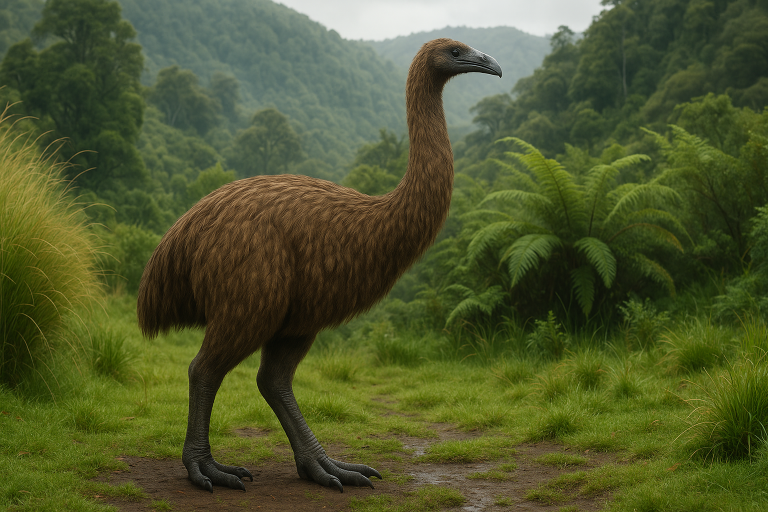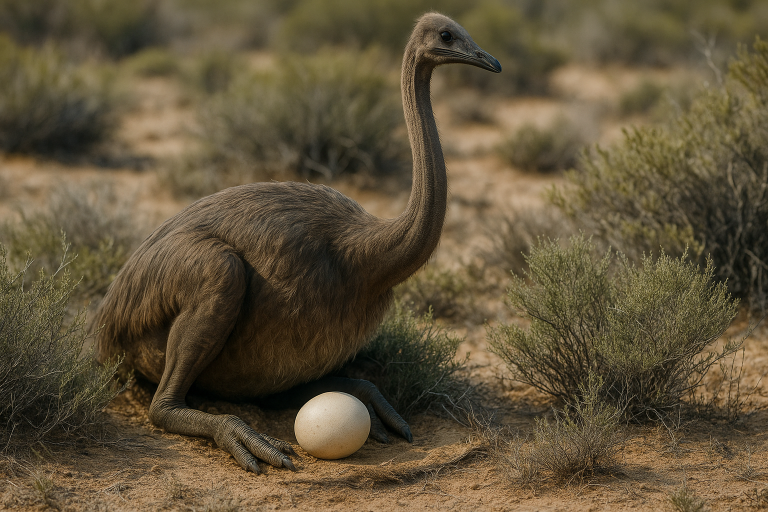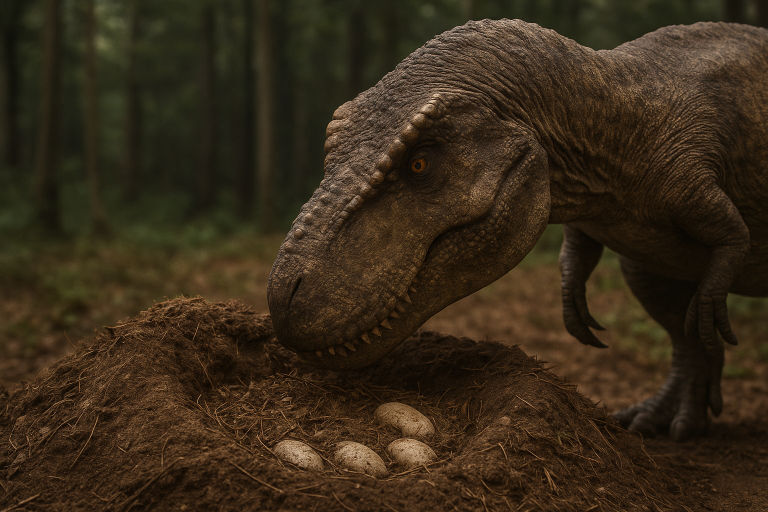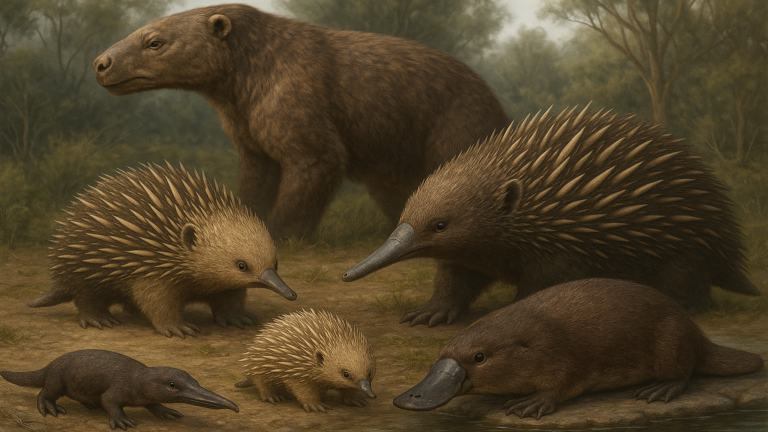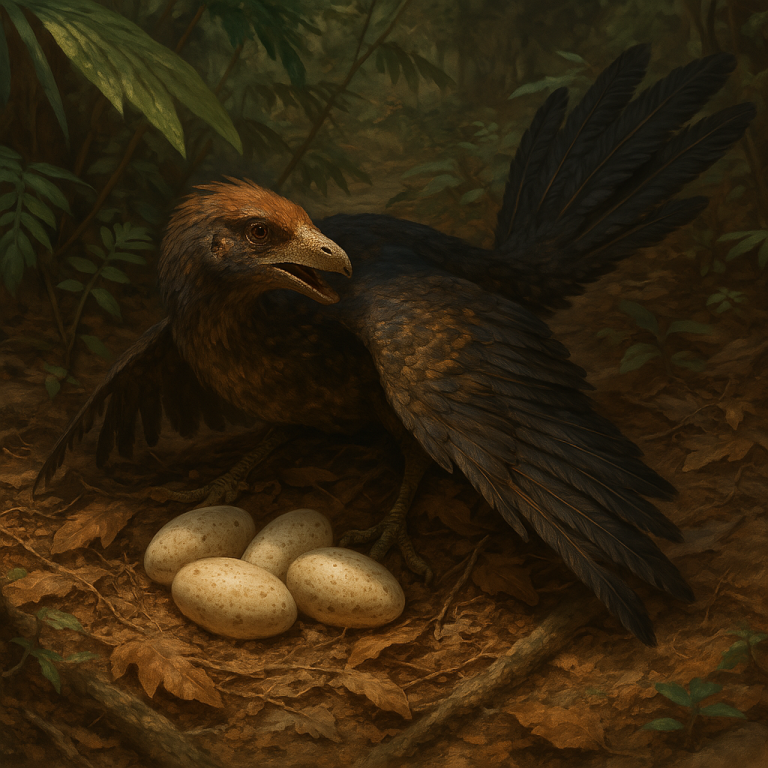Pelagornis sandersi: Reconstructing Egg and Nesting Characteristics
Pelagornis sandersi was a giant bony-toothed seabird known from the Oligocene epoch and among the largest flying birds ever discovered. This article synthesizes paleontological evidence and biological comparisons to reconstruct the likely size, shape, texture, and coloration of a Pelagornis sandersi egg. Key aspects of nesting, including site selection, clutch size, parental care, and incubation strategy, are discussed in light of Eocene-Oligocene coastal environments and climate-driven adaptations.


